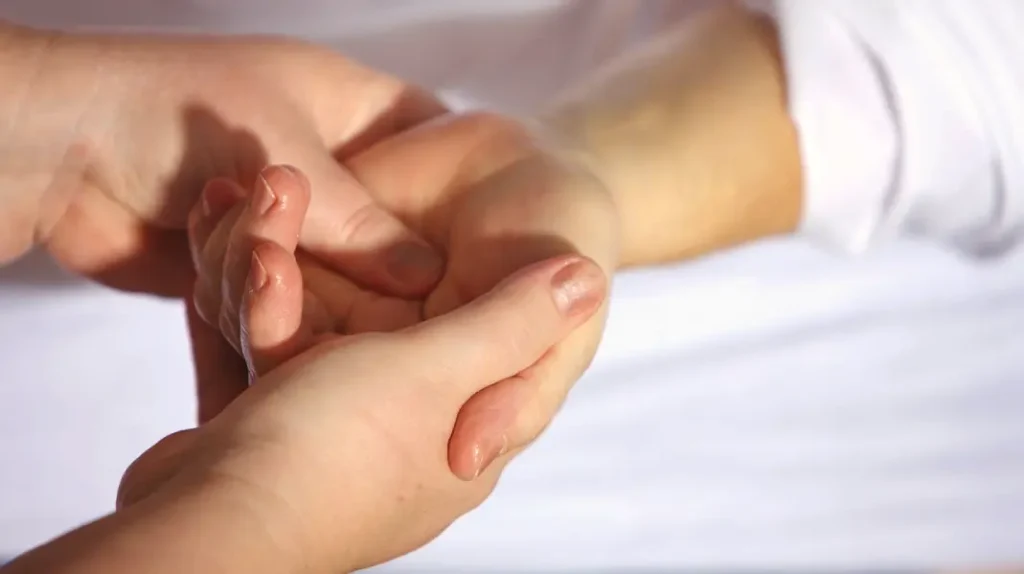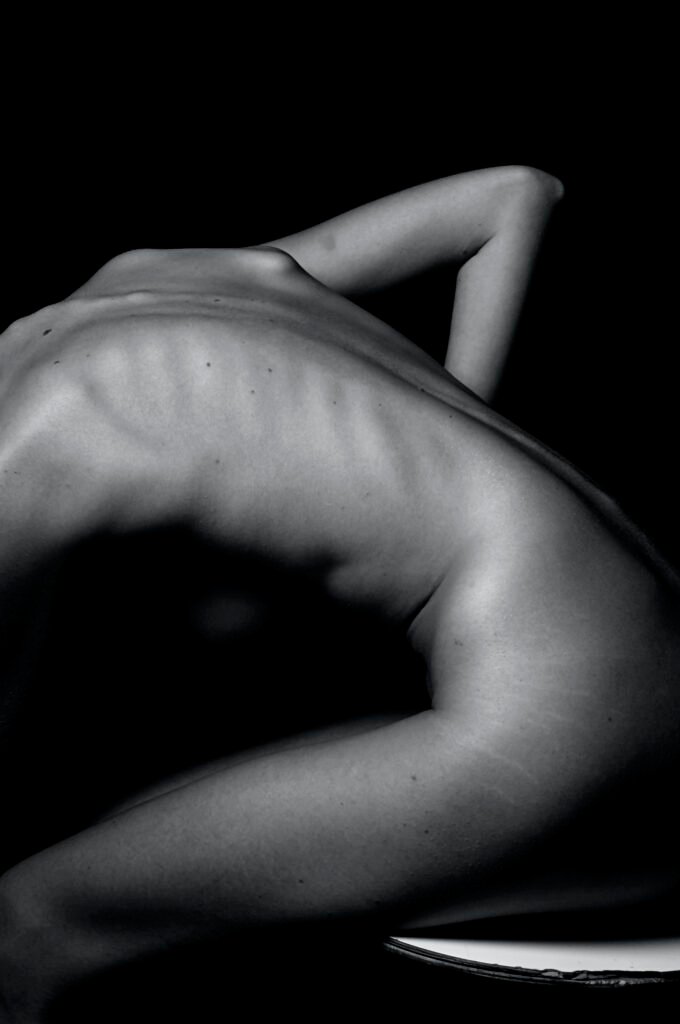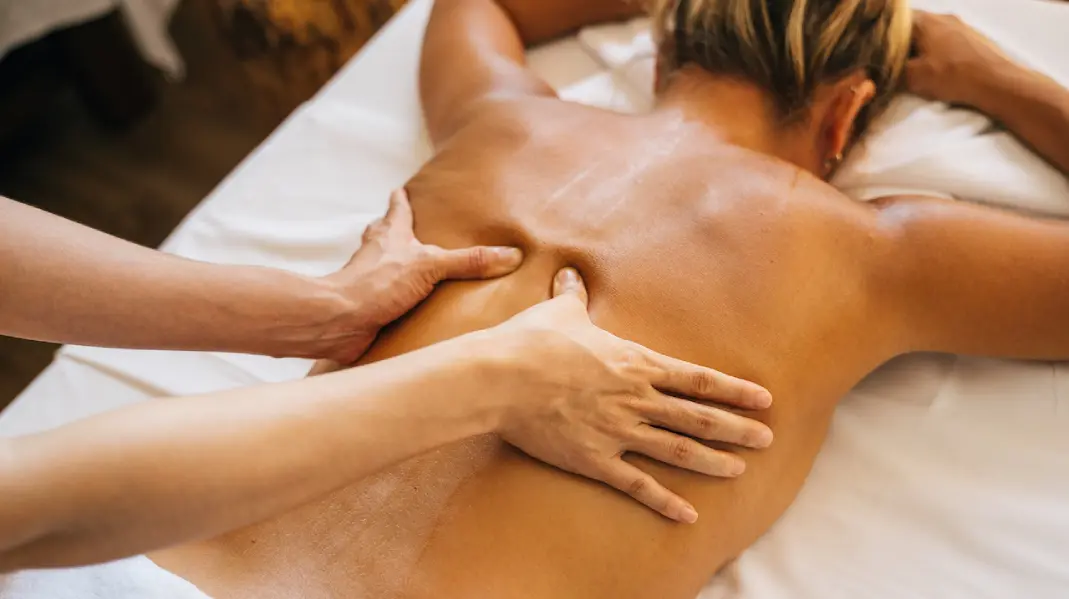In this article, you will discover the key to unlocking a state of deep relaxation by using pressure points to relax body and mind. These incredible points scattered across your body hold the power to release tension and restore harmony. By understanding the science behind these pressure points, you can tap into an oasis of tranquility whenever you need it. So, get ready to embark on a journey of self-discovery as we unveil the secrets of these magical pressure points that will leave you feeling rejuvenated and at peace. Get ready to experience ultimate relaxation like never before.
Head and Scalp
Temples
The temples are pressure points located on the sides of your head, just above the ears. Applying gentle pressure to these areas can help relieve tension and reduce headaches. Place your fingertips on each temple and make small circular motions. You can also use your thumbs to press and hold the temples for a few seconds. This simple technique can provide instant relaxation and help you unwind.
Scalp
Massaging your scalp is not only incredibly relaxing, but it can also promote healthy hair growth. Using your fingertips, apply gentle pressure to different areas of your scalp in circular motions. Start from the front and work your way to the back, covering the entire scalp. This stimulates blood circulation and releases tension that often accumulates in this area. You can enhance the experience by using some essential oils or a scalp massager to further relax and invigorate your scalp.
Forehead
The forehead is a key area for relieving stress and calming the mind. Placing your fingertips on your forehead and gently pressing can help release tension and minimize headaches or migraines. You can also try massaging your forehead using small circular motions. Begin at the center of your forehead and gradually move outward towards your temples. This technique can help relax the muscles in your forehead and promote a sense of tranquility.
Neck and Shoulders
Base of Skull
The base of the skull, also known as the occipital region, is a common area for tension and discomfort. Applying pressure to this point can alleviate headaches, neck pain, and general tension. Use your fingertips or thumbs to apply gentle pressure to the base of your skull and make circular motions. You can also try holding this pressure point for a few seconds and then release. This simple technique can help relieve tension in the neck and promote relaxation.
Upper Neck
The upper neck is another area that often holds tension, especially if you spend long hours sitting or working on a computer. To relax this area, gently massage the sides of your neck using your fingertips. Start at the base of your skull and move downward towards your shoulders, focusing on any tight or sore spots. Applying pressure and light kneading motions can help relieve tension knots and promote a sense of ease.
Shoulders
The shoulders are notorious for holding tension, whether due to stress, poor posture, or physical activity. To release tension in your shoulders, you can try various techniques. One effective method is to use your fingertips to apply pressure to specific points along the tops of your shoulders, where knots commonly form. Another approach is to gently roll your shoulders in circular motions, both forward and backward. This movement can help loosen tight muscles and enhance flexibility.
Hands and Wrists
Inner Wrist
The inner wrist is home to several pressure points that, when stimulated, can promote relaxation and reduce stress. One well-known point is called the Pericardium 6 or P6. You can find it by placing three fingers below your wrist crease, between the tendons. Applying gentle pressure or massaging this point can help alleviate nausea, anxiety, and even promote a better night’s sleep. Take a few moments to focus on this area and notice the calming effect it can have on your body and mind.
Thumb
The thumb contains pressure points that are connected to various parts of the body. Massaging the joint where your thumb meets your hand, known as the “webbing,” can help relieve tension in the neck and shoulders. Pressing firmly and making circular motions in this area can provide instant relief and relaxation. Additionally, gently massaging the tip of your thumb can help reduce headaches and induce a sense of calmness.
Middle of Palm
The middle of your palm is a lesser-known pressure point that can be beneficial for relaxation. Applying gentle pressure and massaging this area with your thumb or the pad of your other hand can help release tension and reduce stress. This technique can be particularly helpful when combined with deep breathing exercises. Take a few deep breaths as you massage the middle of your palm, allowing your body to fully relax and unwind.

Feet and Ankles
Ankle
The ankle is home to numerous pressure points that, when stimulated, can have a significant impact on your overall relaxation. One key point to focus on is located in the groove between your Achilles tendon and your ankle bone. Applying gentle pressure or massaging this area can help relieve ankle pain, reduce swelling, and promote better circulation. Take a moment to give some attention to your ankles and experience the rejuvenating effect it can have on your entire body.
Foot Arch
Massaging the arch of your foot is not only a pleasurable experience but also highly beneficial for relaxation. Sit down and place a tennis ball or a foot roller under your foot. Roll the ball or the roller back and forth along the length of your arch, applying gentle pressure. This technique helps release tension from the muscles in your feet and can even contribute to reducing plantar fasciitis symptoms. Take the time to pamper your feet and enjoy the soothing sensation it brings.
Big Toe
The big toe contains pressure points that are connected to various parts of your body. Massaging the base of your big toe can help promote relaxation and relieve sinus pressure. Apply gentle pressure or make circular motions with your thumb in this area. Additionally, gently pulling each toe backward can help release tension and increase flexibility in your feet. Giving some extra care to your big toe can result in overall relaxation and a better sense of well-being.
Back and Spine

Lower Back
The lower back is a common area for muscle tension and discomfort. Applying pressure to specific points can help alleviate pain and promote relaxation. One effective method is to use your fingertips or thumb to make circular motions on each side of your lower back, just above the hips. You can also try gently pressing your palms on these points and leaning your body weight into your hands. This technique can help release tension and improve blood flow in the lower back region.
Upper Back
The upper back, including the shoulder blade area, often carries a lot of tension due to factors like stress, poor posture, or repetitive movements. Massaging this area can help relieve muscular tightness and promote relaxation. Use your fingertips or palms to apply pressure and knead the muscles in your upper back. Begin at the base of your neck and work your way down each side of your spine. You can also try using a massage ball or a foam roller against a wall for added pressure and relief.
Spine
The spine is the central support structure of your body and, therefore, deserves special attention when it comes to relaxation. Massaging along the spine, especially the areas between each vertebra, can help alleviate tension and promote a sense of balance. Using your fingertips, gently apply pressure on each side of the spine and make small circular motions. This technique can release built-up tension and help you feel more centered and relaxed.
Chest and Abdomen
Center of Chest
The center of your chest is an area where feelings of tension and stress can accumulate. By placing your palm or your hand over your chest, you can create a sense of security and calmness. Take a few deep breaths and allow the weight of your hand to provide a comforting sensation. This technique can help promote relaxation and deepen your breath, which in turn helps to lower stress levels.
Solar Plexus
The solar plexus is a cluster of nerves located in the upper abdomen, just below the rib cage. It is often associated with feelings of anxiety, stress, or unease. Applying gentle pressure to this area using your fingertips or the palm of your hand can help release tension and promote relaxation. Take a few moments to focus on your solar plexus and notice the comforting effect this technique can have on your overall well-being.
Belly Button
The belly button, or navel, is a pressure point that is connected to various systems within your body. Massaging this area can help stimulate digestion, relieve bloating, and promote relaxation. Using your fingertips, gently press and make circular motions around your belly button. Take slow, deep breaths as you massage, allowing your body to unwind and release any tension held in this area. This simple technique can contribute to a sense of calmness and well-being.
Face and Jaw
Cheeks
The cheeks are not only a prominent feature of your face but also contain pressure points that can help you relax. Placing your fingertips on each cheekbone, just below your eyes, and applying gentle pressure can help relieve tension and reduce sinus pressure. Additionally, making small circular motions with your fingers can activate these pressure points and enhance the overall relaxation of your facial muscles.
Jawline
The jawline is a common area where many people hold tension, especially during stressful situations or while clenching their teeth. Massaging this area can help alleviate jaw pain, release tension in the surrounding muscles, and promote relaxation. Using your fingertips, apply gentle pressure and make small circular motions along your jawline. Move from the center towards your ears, focusing on any areas that feel particularly tight. Relaxing your jaw can contribute to overall relaxation throughout your body.
Under the Eyes
Under-eye tension is a common issue that can result from factors like eyestrain or lack of sleep. Massaging this area can help reduce puffiness, ease eye strain, and promote relaxation. Using your ring finger, gently apply light pressure and make small circular motions under each eye. This technique stimulates blood circulation and lymphatic drainage, reducing under-eye puffiness and providing a refreshing sensation. Take a moment to pamper your under-eye area and enjoy the soothing effect it brings.
Arms and Elbows
Elbow Crease
The elbow crease, where the forearm meets the upper arm, is a pressure point that can alleviate tension and promote relaxation. Apply gentle pressure to this area using your fingertips or thumb and make small circular motions. You can also try bending and straightening your arm while keeping your fingertips in place, which stretches the muscles around the elbow crease. This technique can help release tension and improve flexibility in your arms.
Inner Arm
Massaging the inner arm is an effective way to release tension and promote relaxation. Start at the inner elbow and make small circular motions with your fingertips or palm as you move up towards the armpit. This technique can help relieve muscle stiffness and improve blood circulation in your arms. Take a few moments to give some extra care to your inner arms and experience the soothing effect it can have on your overall well-being.
Palm
The palm of your hand contains pressure points that, when stimulated, can help reduce stress and promote relaxation. Take a moment to give some attention to your palm by gently massaging it with your thumb or the pad of your other hand. Apply gentle pressure and make circular motions, focusing on any areas that feel tense or sore. This simple technique can contribute to overall relaxation and ease any tension held in your hands.
Legs and Knees
Knee Hollow
The knee hollow, located just below the kneecap, is a pressure point that can help relieve tension and promote relaxation in the legs. Apply gentle pressure with your fingertips or the palm of your hand to this area and make small circular motions. You can also try bending and straightening your knee while keeping your fingertips in place, which stretches the muscles around the knee hollow. This technique can help release tension and improve flexibility in your legs.
Calves
The calves are a common area where tension can accumulate, especially after prolonged periods of standing or physical activity. Massaging your calves can help relax tight muscles and promote better circulation. Use your fingertips or palms to apply pressure and knead the muscles in your calves. Start from the ankles and work your way up towards the knees, focusing on any areas that feel particularly tight or sore. Taking a few moments to care for your calves can enhance relaxation and ease muscle discomfort.
Feet
The feet contain numerous pressure points that can help relax your entire body. One effective way to release tension in your feet is by rolling a tennis ball or a foot roller under each foot. Apply gentle pressure and roll the ball from heel to toe, paying extra attention to the arch and the ball of your foot. This technique stimulates blood circulation, relieves muscle tension, and can even reduce foot pain. Spend a few minutes giving your feet some well-deserved attention and feel the rejuvenating effect throughout your entire body.
Hips and Buttocks
Hip Pressure Points
The hips are a significant area where tension can accumulate, especially if you spend long hours sitting or have a sedentary lifestyle. Massaging specific pressure points in this area can help alleviate discomfort and promote relaxation. One effective point to focus on is located at the top of your hip bone, also known as the “hip pressure point.” Use your fingertips to apply gentle pressure and make circular motions. This technique can help release tension and improve blood flow around the hips.
Buttocks
The buttocks are a large muscle group that often holds tension, especially if you have a sedentary lifestyle or engage in activities that require prolonged sitting. Massaging this area can help relax and release muscular tightness. Use your fingertips or palms to apply pressure and make circular motions on each buttock. You can also try using a foam roller or a massage ball against a wall for added pressure and relief. This simple technique can contribute to a sense of ease and relaxation in your hips and buttocks.
Lower Back
The lower back, located just above the buttocks, is another area that commonly carries tension. Applying pressure to specific points in this area can help alleviate lower back pain and promote relaxation. One effective method is to use your fingertips or the heel of your hand to make circular motions on each side of your lower back. You can also try using your fists to gently knead the muscles in this area. This technique can help release tension and promote a sense of comfort in your lower back.
Incorporating these pressure points into your self-care routine can be incredibly beneficial for relaxation and overall well-being. Whether you choose to focus on specific areas or explore a full-body relaxation routine, taking the time to connect with your body through these simple techniques can help you feel more grounded, centered, and at ease. Remember, relaxation is a personal journey, so listen to your body and adjust the pressure and technique to suit your needs. Enjoy the soothing sensations and embrace the peace that comes from nurturing yourself through the power of pressure points.

